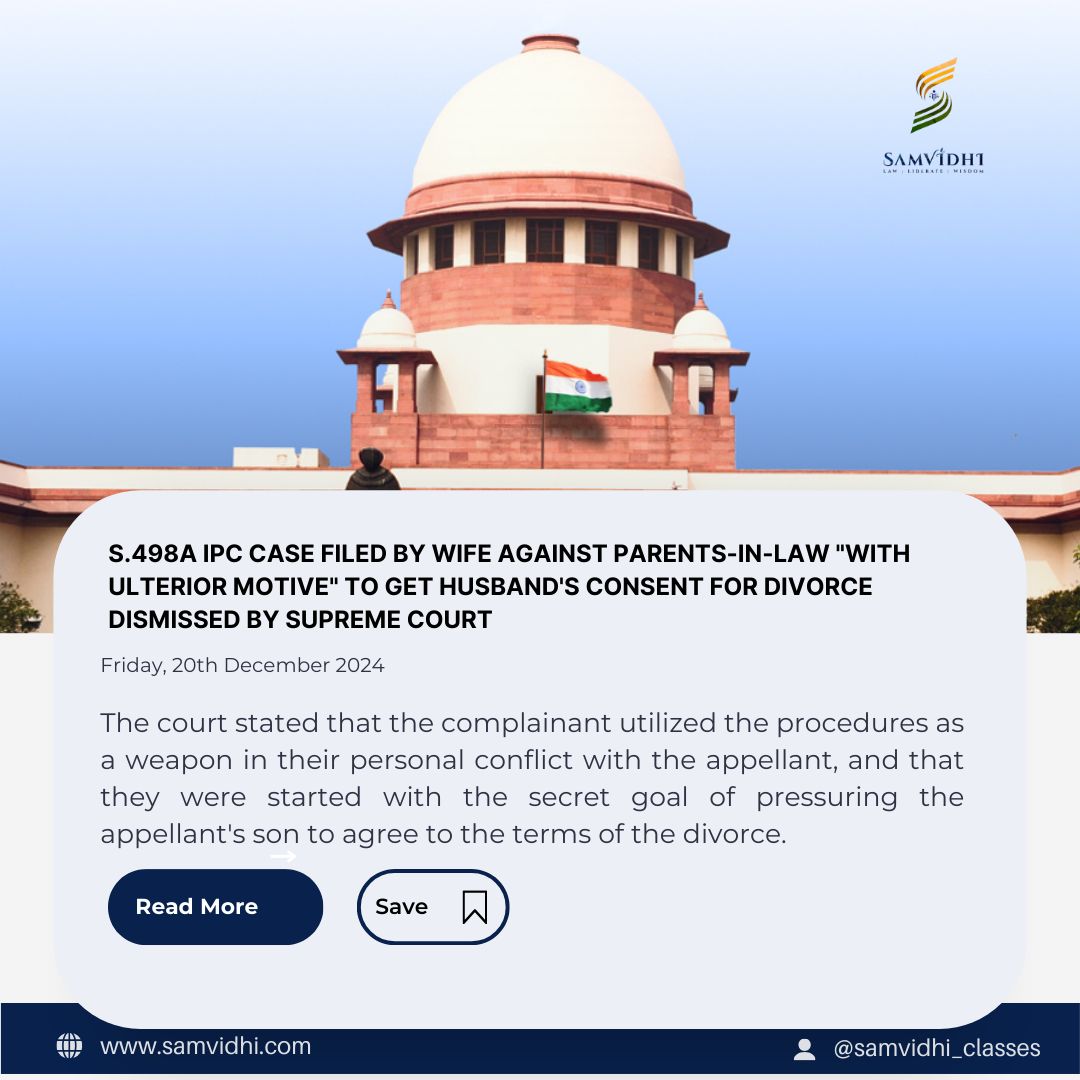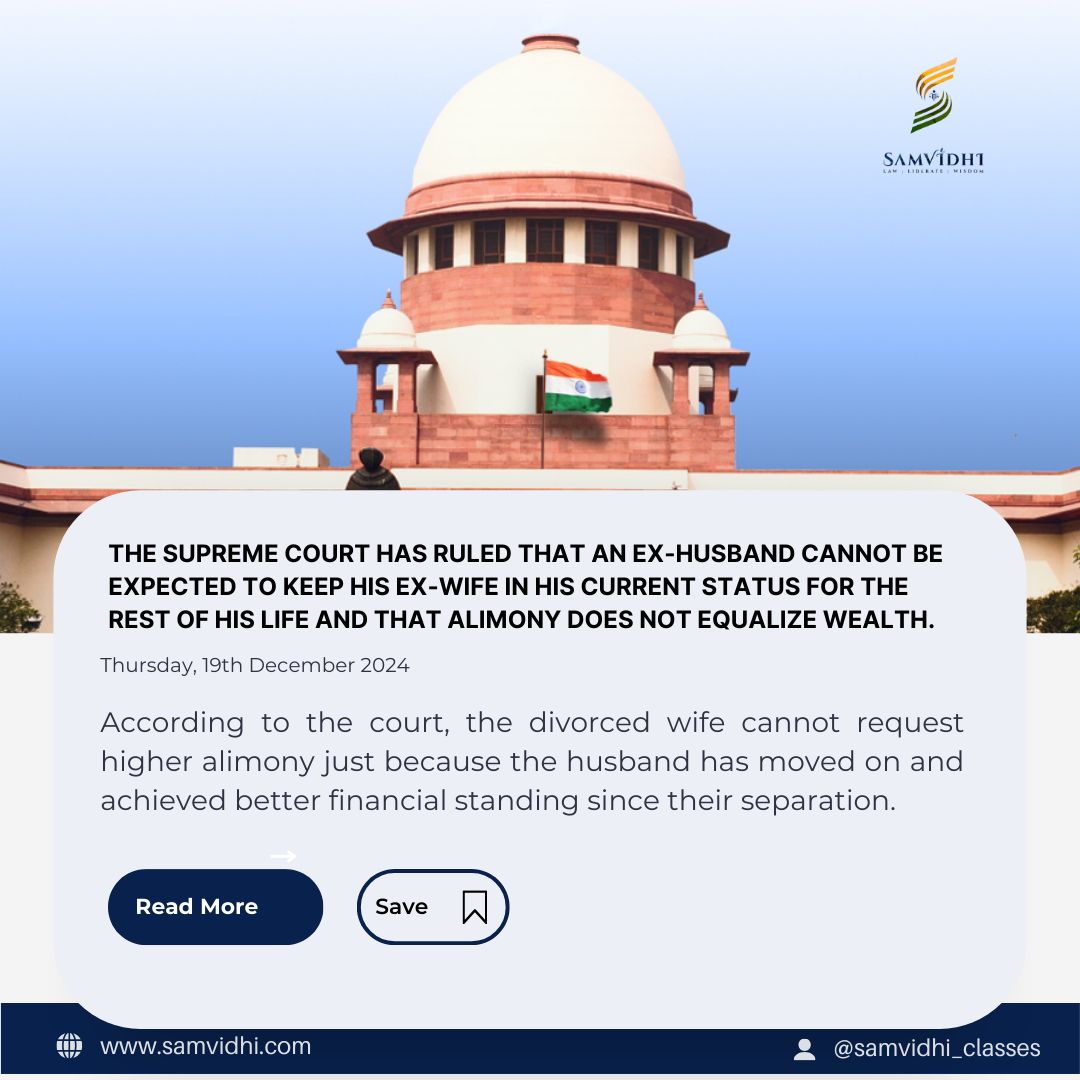This guide breaks down the key details of BLAT, SLAT, and LSAT, helping CLAT aspirants navigate their options and make informed decisions on their path to a law career.
BLAT (Banaras Law Admission Test)
Overview
BLAT is conducted by Banaras Hindu University (BHU) for admission to its law programs.
Eligibility
- For UG Courses: Candidates must have completed 10+2 with a minimum of 50% marks.
- Age Limit: No age limit specified.
Syllabus
- General Knowledge: Questions related to current events, history, geography, and politics.
- Current Affairs: Focus on recent happenings in India and around the world.
- English Language: Comprehension passages assessing reading skills and vocabulary.
- Legal Aptitude: Principles of law and their application through hypothetical scenarios.
- Logical Reasoning: Questions that assess logical deductions and problem-solving skills.
Exam Pattern
- Total Marks: 450
- Duration: 2 hours
- Type of Questions: Multiple-choice questions (MCQs)
- Marking Scheme: +3 for correct answers, -1 for incorrect answers.
- Colleges Accepting BLAT: Banaras Hindu University, Varanasi
- Official Website: BHU – BLAT
Also Read: Comprehensive Guide on MHCET (Maharashtra Common Entrance Test)
SLAT (Symbiosis Law Admission Test)
Overview
SLAT is conducted by Symbiosis International University for admission to its law programs.
Eligibility
- For UG Courses: Candidates should have completed 10+2 with a minimum of 45% marks (40% for SC/ST candidates).
- Age Limit: No age limit specified.
- Syllabus
- Logical Reasoning: Questions focusing on deductive and inductive reasoning, analogies, and statements.
- Legal Reasoning: Understanding of legal terms, principles, and their application in various scenarios.
- General Knowledge: Questions about current affairs, important historical events, and legal knowledge.
- English: Comprehension passages assessing reading skills and vocabulary.
- Quantitative Aptitude: Basic mathematics including arithmetic, algebra, and data interpretation.
Exam Pattern
- Total Marks: 150
- Duration: 2 hours
- Type of Questions: Multiple-choice questions (MCQs)
- Marking Scheme: +1 for correct answers, no negative marking.
Colleges Accepting SLAT
- Symbiosis Law School, Pune
- Symbiosis Law School, Noida
- Symbiosis Law School, Hyderabad
- Symbiosis Law School, Nagpur
Official Website: Symbiosis International University – SLAT
Also Read: Comprehensive Guide on AILET (All India Law Entrance Test)
LSAT (Law School Admission Test)
Overview
LSAT is a standardised test conducted by the Law School Admission Council (LSAC) for admission to various law schools in India.
Eligibility
- For UG Courses: Candidates must have completed 10+2 with a minimum of 45% marks (40% for SC/ST candidates).
- Age Limit: No age limit specified.
Syllabus
- Reading Comprehension: Passages covering various topics to assess the ability to understand and analyse written material.
- Analytical Reasoning: Questions that assess logical structure and relationships within given scenarios.
- Logical Reasoning: Questions designed to evaluate the ability to analyse arguments and evaluate reasoning.
Exam Pattern
- Total Marks: Varies by participating institution.
- Duration: 2 hours and 20 minutes
- Type of Questions: Multiple-choice questions (MCQs)
- Marking Scheme: Varies by institution.
Colleges Accepting LSAT
- Jindal Global Law School
- UPES, Dehradun
- Kirit P. Mehta School of Law, Mumbai
Official Website: LSAT India



